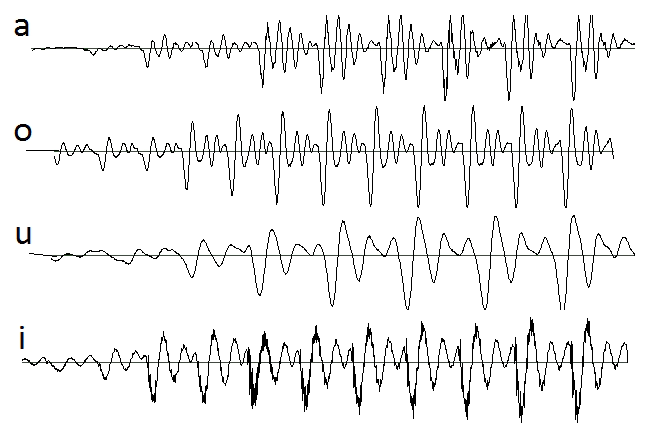The speech wave shows the change of the sound pressure of the radiated speech sound over time. The current amplitude of the vibration expresses the volume of the sound. Physically, speech vibration can be periodic (voiced speech sounds) and aperiodic (noise-like). The basic element of voiced speech sounds is the simple vibration of the vocal cords, this determines the period (T0) of the final speech sound.

Noisy speech sounds may be generated in the articulation channel at several points, form the larynx (sound h) till the lips (sound p). The “silence” is also an integral part of the speech wave. Two types of “silence” elements are distinguished: at speech sound level the silent phase is a part of unvoiced stop sounds and affricates. The other is the pause applied at certain points of phrases mainly at punctuation marks (comma, semicolon etc.).

The vibration form of speech is only partly repeatable. So every detail of the wave of speech is the result of the moment. If someone will repeat a sentence twice the wave form of them will not be exactly the same. The waveform of the voiced speech sounds is unique, changing in each period, as our articulation is realised by continuous movements.
